Mumbai's Chhatrapati Shivaji Maharaj International Airport (CSMIA) will close the primary runway 09/27 and the secondary runway 14/32 temporarily on 9th May for pre-monsoon maintenance & repair work for around six hours.
The temporary closure will be from 1100hrs to 1700hrs. A NOTAM (Notice to Airmen) has been issued in this regard to enhance runway resilience and ensure smooth operations, particularly during the monsoon season, the airport said.
All operations will resume as usual post 1700hrs. The scheduled temporary runway closure is a yearly practice and a contingency plan on the same will help maintain operational continuity and ensure passengers' safety, the airport added.
Mumbai's airport has a network of runways, taxiways and aprons encompassing nearly 1033 acres. Thus, to ensure operational continuity during the monsoon months, timely checks and repair work on the runways and associated facilities is critical to maintain its health and operational continuity, it noted.
The yearly practice of runway maintenance work involves specialists in engineering and airside teams inspecting the runway surface for micro-texture and macro-texture wear and tear that may have occurred due to day-to-day operations and help strengthen the airside strip.
Runway 09-27 spans 3448m x 60m, and runway 14-32 spans 2871m x 45m and this activity ensures the durability and longevity of the runway infrastructure by addressing concerns such as waterlogging and ensuring safe landings and take-offs during monsoon. Furthermore, the maintenance work will include repairing any damage to the runways that may have occurred due to regular use.
As a collective goal to ensure zero inconvenience to its passengers, CSMIA has intimated all its relevant stakeholders six months in advance. This has also helped airlines to plan their flight schedules accordingly, it added.
Read next
Air India has won top honors for its mobile app in the 11th annual Asia-Pacific Stevie Awards announced recently, the airline said in a statement.
The Air India mobile app bagged the Gold Stevie Award for Innovation in General Utility Apps across the Asia Pacific region.
Air India is the first airline from India to receive this honor. Nicknamed the Stevies for the Greek word for “crowned,” the Stevie Awards are widely considered to be the world's premier business awards, conferring recognition for achievement in diverse business-related programs. More than 1,000 nominations from organizations across the Asia-Pacific region were considered this year across various categories.
Post its acquisition by the Tata Group, Air India has completely revamped its mobile app, with a focus on guest experience. A host of innovative features that help guests and provide timely information in an easy-to-consume fashion have been added, along with an overhaul of its design by Air India’s in-house teams in Kochi and Silicon Valley, the airline said.
These features include a dynamic splash screen with information most relevant to customers, easy-to-access information about upcoming trips, including the dining menu onboard, timely notifications, an intuitive loyalty portal, a GenAI virtual assistant and a pioneering ‘flight status’ feature that even provides information about the incoming aircraft for the flight.
“The Air India mobile app is our flagship digital channel through which we connect with our guests and delight them on the day of travel. It is a true embodiment of our technology approach - customer-obsessed, design-rich, cloud-only, mobile-friendly, data-driven, and AI-infused. Our app features path-breaking innovations such as the airline industry’s very first generative AI virtual assistant ‘AI.g.’ The app is on a journey of continuous improvement and more industry-leading innovations are on their way. We sincerely appreciate this recognition by the Stevie® awards,” said Satya Ramaswamy, Chief Digital and Technology Officer, Air India.
Other features like an easy-to-use baggage tracking capability and comprehensive computer-vision capabilities are in the pipeline. The app has a 4.7 rating in the Apple iOS app store in India, which is the best rating of any airline from India and is among the best global airlines in their home markets, Air India said.
“We are impressed by the Air India app's dynamic splash, whisking users away to exotic destinations. The Flight Status feature shines as the showstopper, transforming travel uncertainties into reassuring snapshots of real-time information. With AI.g as a virtual concierge and personalized journeys through My Trips, the app elevates the travel experience, making it not just a journey but a rich narrative waiting to unfold,” observed the Jury member team selecting the winners.
Air India is navigating through a major five-year transformation roadmap under the aegis of Vihaan.AI, with an ambition to become a world-class airline. The first phase of this transformation, the taxi phase was recently concluded and focused on fixing the basics. These included bringing back to service many long-grounded aircraft, the addition of talent across flying and ground functions, rapid upgradation of technology and strengthening of customer care initiatives amongst others.
Read next
In the ever-evolving landscape of global commerce, the rise of e-commerce has sparked a revolution in logistics. To meet the increasing demand for swift and efficient delivery to smaller communities, Embraer, the renowned Brazilian aerospace manufacturer, is pioneering a solution with its E-Jet passenger-to-freighter conversion program.
Tapping into E-Commerce Growth and Program Overview
Embraer's Director for the E-Jet conversion program, Marcelo Tocci, highlights the synergy between e-commerce and the E-Jet freighters, citing them as a "perfect fit" for serving smaller cities often overlooked by traditional freight services.
Launched in 2022, the E-Jet passenger-to-freighter program targets the conversion of both the E190 and E195 models. Recent milestones include the successful maiden test flight of the E190F, boasting a payload capacity of 10,700kg (23,600lb), with the E195F offering a payload of 12,300kg.
Market Forecast and Regional Opportunities
Embraer forecasts a demand for approximately 600 small freighters over the next two decades, with a significant portion destined for the Asia-Pacific region. With a keen eye on Southeast Asia and burgeoning economies like Vietnam, Embraer sees immense potential in this market.
Asian Market Penetration and Replacing Aging Fleet
While currently having a sole Asian customer in China's Lanzhou Aviation Industry Development Group, Embraer aims to expand its footprint in Asia. Raul Villaron, overseeing Embraer's commercial aviation business in the Asia Pacific, underscores the opportunity presented by the evolving dynamics of e-commerce in the region.
Embraer's program also targets the replacement of aging freighters, particularly in regions like Australia, where operators such as Pionair Australia still rely on older aircraft like the BAe 146. The need for modern, efficient freighters is palpable in such markets.
Jet vs. Turboprop Efficiency, Expansion and Collaboration
Embraer sees an opportunity to replace turboprop freighters with their jet-powered E-Jets, citing enhanced range and cost efficiency beyond certain operational distances. This shift could bring a new level of productivity to cargo operations.
To meet demand, Embraer plans to scale up its conversion facilities in Sao Jose dos Campos, Brazil, with a goal of converting up to 12 freighters annually. Additionally, potential collaborations in Asia, including establishing a conversion facility in China, are being explored.
Conclusion
As the global logistics landscape continues to evolve, Embraer's E-Jet freighter program emerges as a transformative solution, perfectly aligned with the demands of the e-commerce boom. With its focus on efficiency, range, and adaptability, Embraer is poised to reshape the air cargo industry, one flight at a time.
With Inputs from Flight Global
Read next
In a momentous occasion, Azorra, Scoot, and Embraer came together to mark the delivery of the first of nine new Embraer E190-E2 aircraft to Scoot, the low-cost subsidiary of Singapore Airlines (SIA). The special handover ceremony, held at Embraer’s facility in Brazil, was attended by senior executives from all three entities, signifying a significant leap forward in the aviation industry.
A New Era of Exploration: The E190-E2 Arrives
Named ‘Explorer 3.0’ in homage to its role as the third and newest addition to the Scoot family, the delivery of the E190-E2 marks a historic moment for Singapore's aviation landscape. It not only represents Scoot's commitment to modernization but also signifies the first time a Singapore carrier has embraced an aircraft from the renowned Brazilian manufacturer, Embraer.
A Testament to Growth Strategy
Leslie Thng, Chief Executive Officer of Scoot, expressed his gratitude, stating, “We are honored to be the first Singapore carrier to take delivery of this modern and fuel-efficient aircraft. The E190-E2 jets are crucial to our overall network growth strategy." Thng emphasized the importance of this milestone in enhancing connectivity and providing exceptional value to customers.
Empowering Expansion with Efficiency
John Evans, CEO and founder of Azorra, highlighted the significance of this collaboration in facilitating optimized expansion for Scoot. He emphasized the E190-E2's efficiency and versatility, which are instrumental in developing new markets and expanding network reach in the Asia-Pacific region. This partnership underscores Azorra's commitment to supporting airlines worldwide in their growth endeavors.
Embraer's Advanced Technology for Regional Connectivity
Arjan Meijer, President and CEO of Embraer Commercial Aviation, lauded Scoot's decision to integrate the E190-E2 into its fleet, citing its suitability for the airline's ambitions. He emphasized the aircraft's exceptional short-runway performance, ideal for enhancing regional connectivity. Meijer also expressed excitement about continuing Embraer's long-standing relationship with Azorra and supporting Scoot's passengers with the most fuel-efficient aircraft in the narrow-body space.
Setting Course for New Horizons: E2 Services to Commence
With the arrival of Explorer 3.0, Scoot is poised to embark on a new chapter in its journey. E2 services are scheduled to commence in May 2024, with the inaugural flight destined for Krabi, Thailand. This marks a significant step forward for Scoot as it leverages the capabilities of the E190-E2 to offer enhanced travel experiences to its passengers.
Conclusion
The delivery of the Embraer E190-E2 to Scoot signifies more than just the addition of a new aircraft to its fleet. It symbolizes a strategic partnership between Azorra, Scoot, and Embraer, aimed at driving innovation, efficiency, and connectivity in the aviation industry. As Scoot prepares to introduce E2 services, it stands poised to redefine regional travel experiences, setting the stage for a future characterized by exploration, growth, and excellence.
With Inputs from Embraer
Read next
Embraer, the renowned Brazilian aerospace company, and Correios, Brazil’s state-controlled postal service, have embarked on a groundbreaking partnership aimed at revolutionizing air cargo transport. The signing of a Memorandum of Understanding (MoU) between the two entities marks a significant step towards optimizing and expanding both domestic and international air networks for large cargo and goods.
Strategic Collaboration for Enhanced Efficiency
The strategic alliance between Embraer and Correios is poised to enhance the efficiency of Correios’ air transport operations while simultaneously reducing operational costs. By leveraging Embraer’s expertise and innovative aircraft platforms, such as the E-190F, E-195F, and C-390 Millennium, the partnership seeks to address existing challenges and explore new business models within the realm of air cargo transport.
A Vision for the Future of Logistics
Fabiano Silva dos Santos, President of Correios, emphasized the partnership's significance in modernizing the state-owned company's air network as part of its broader initiative, Correios do Futuro (Correios of the Future). He expressed optimism about the collaboration’s potential to enhance Correios’ service offerings and ultimately benefit the Brazilian population, aligning with the company’s mission as a public service provider.
Embraer’s Commitment to Innovation
Bosco da Costa Junior, President and CEO of Embraer Defense & Security, expressed enthusiasm about collaborating with Correios to develop a more efficient logistics network for transporting goods both domestically and internationally. With Embraer’s established aircraft portfolio and Correios’ extensive logistical reach, the partnership aims to deliver reliable and efficient solutions to customers.
Towards a New Era in Air Cargo Transport
Embraer’s progress in converting its E-Jet aircraft into freighters marks a significant milestone in the partnership. With successful completion of the first flight test, Embraer is on track to fulfill its contracts for converting up to 20 E-Jets into freighters, signaling a promising future for air cargo transport in Brazil and beyond.
Conclusion
As Brazil’s postal services take to the skies in collaboration with Embraer, the stage is set for a new era in air cargo transport. The partnership between these two industry leaders promises to drive innovation, enhance efficiency, and ultimately reshape the landscape of logistics in Brazil, delivering tangible benefits to businesses and consumers alike.
With Inputs from Embraer
Read next
Unraveling the Mystery Behind Soaring Jet Fuel Prices: The Crack Spread Conundrum
Abhishek Nayar
16 Apr 2024
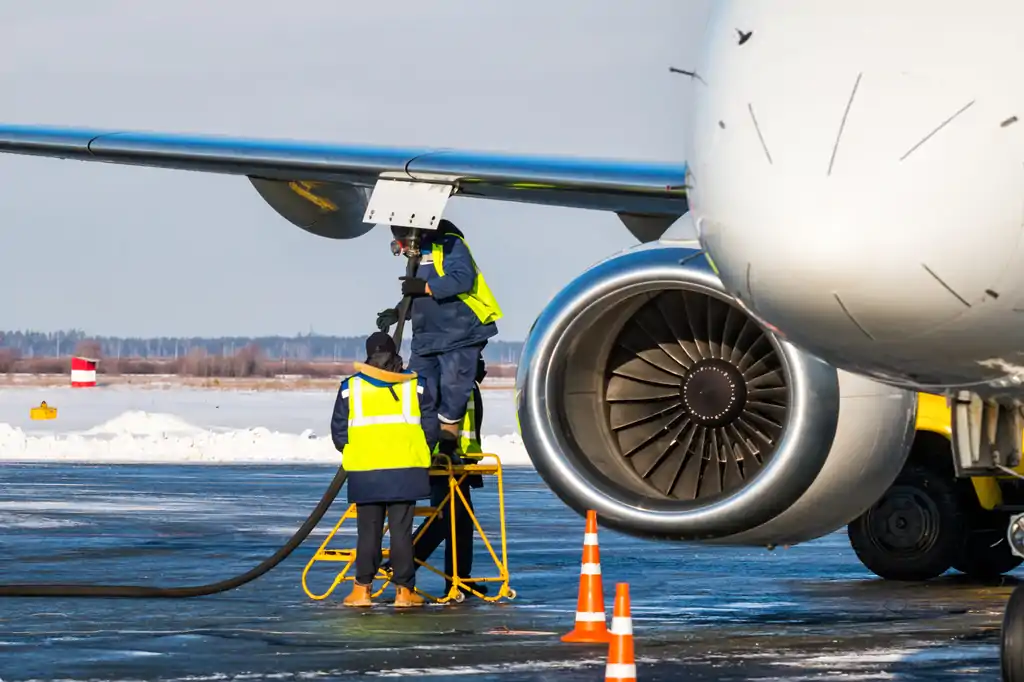
In the dynamic world of aviation, where profit margins are notoriously thin, every fluctuation in operational costs sends ripples through the industry. One of the most significant and least controllable expenses for airlines is jet fuel, and recent years have witnessed a perplexing surge in its price, notably driven by an enigmatic phenomenon known as the crack spread. Delving deeper into this issue unveils a complex interplay of factors reshaping the landscape of aviation fuel costs.
Understanding the Crack Spread
Traditionally, airlines have relied on trends in crude oil prices to forecast changes in jet fuel costs. The crack spread, representing the price difference between crude oil and refined jet fuel, has typically remained modest. However, recent years have seen a dramatic departure from this norm, with the crack spread soaring to unprecedented levels.
The War in Ukraine and Energy Markets
The outbreak of conflict in Ukraine in 2022 triggered a surge in crude oil prices, which peaked at over $140 per barrel. Surprisingly, jet fuel prices continued to climb, reaching over $180 per barrel by the summer of 2022. This divergence from historical trends marked the beginning of a period of uncertainty for airlines worldwide.
Environmental Regulations and Refining Costs
Environmental regulations play a pivotal role in shaping the economics of refining petroleum into jet fuel. With stringent regulations imposing taxes and restrictions on every stage of production, refineries face escalating costs. This, in turn, drives up the price of jet fuel, exacerbating the challenges faced by airlines already grappling with narrow profit margins.
The Rise of Sustainable Aviation Fuels (SAF)
The emergence of Sustainable Aviation Fuels (SAF) presents both opportunities and challenges for the aviation industry. Mandates for blending SAF with traditional jet fuel in Europe and elsewhere compel refineries to adjust their operating cost structures, further inflating the crack spread. While SAF holds promise for reducing the industry's carbon footprint, its integration into existing supply chains introduces additional complexities.
Conclusion
The confluence of geopolitical tensions, environmental regulations, and the transition to sustainable fuel sources has reshaped the dynamics of jet fuel pricing in recent years. For airlines navigating these turbulent waters, the challenge lies in adapting to a volatile cost landscape while maintaining operational efficiency and financial viability. As the industry continues to evolve, a nuanced understanding of the factors driving fuel costs will be essential for charting a course towards sustainability and resilience.

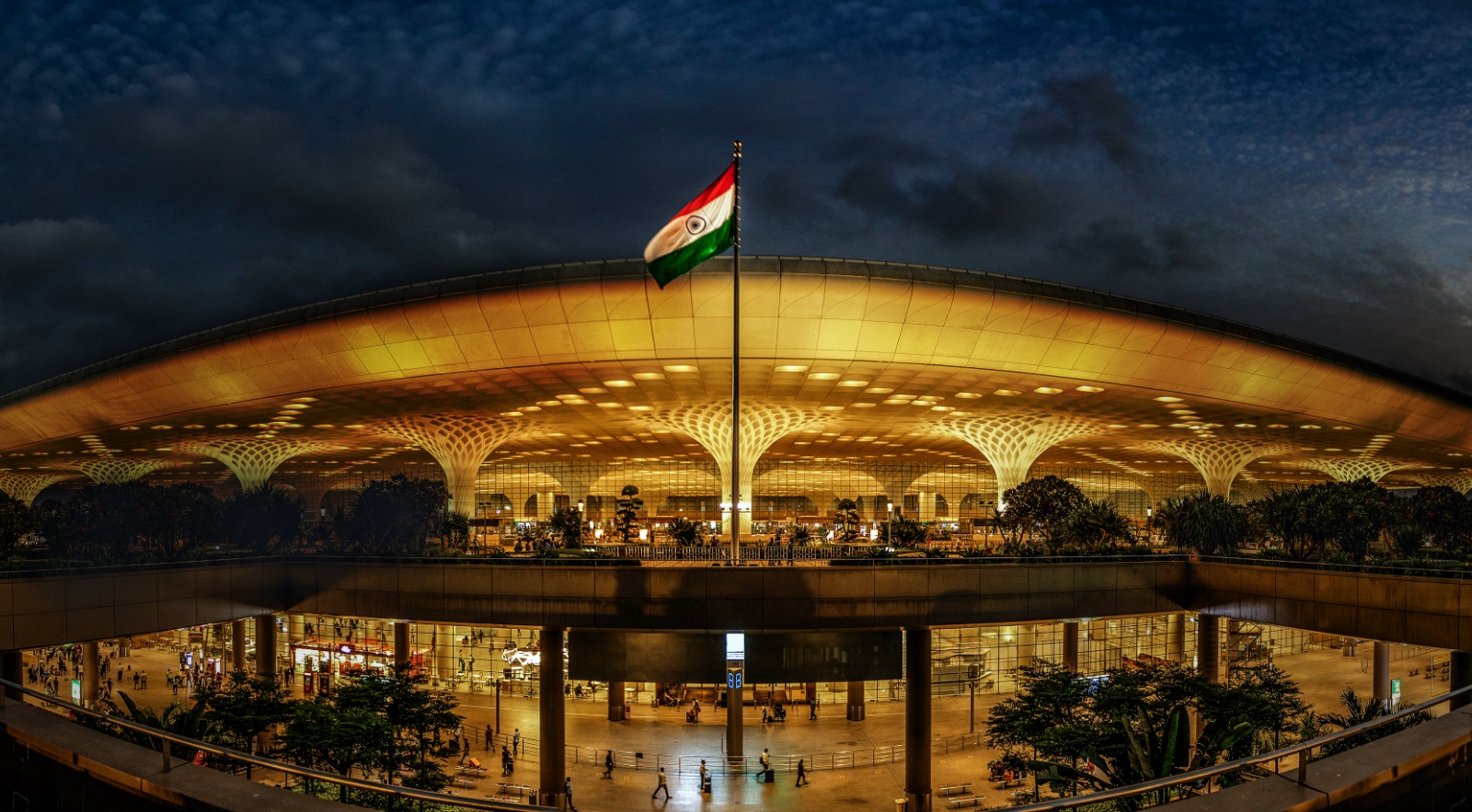
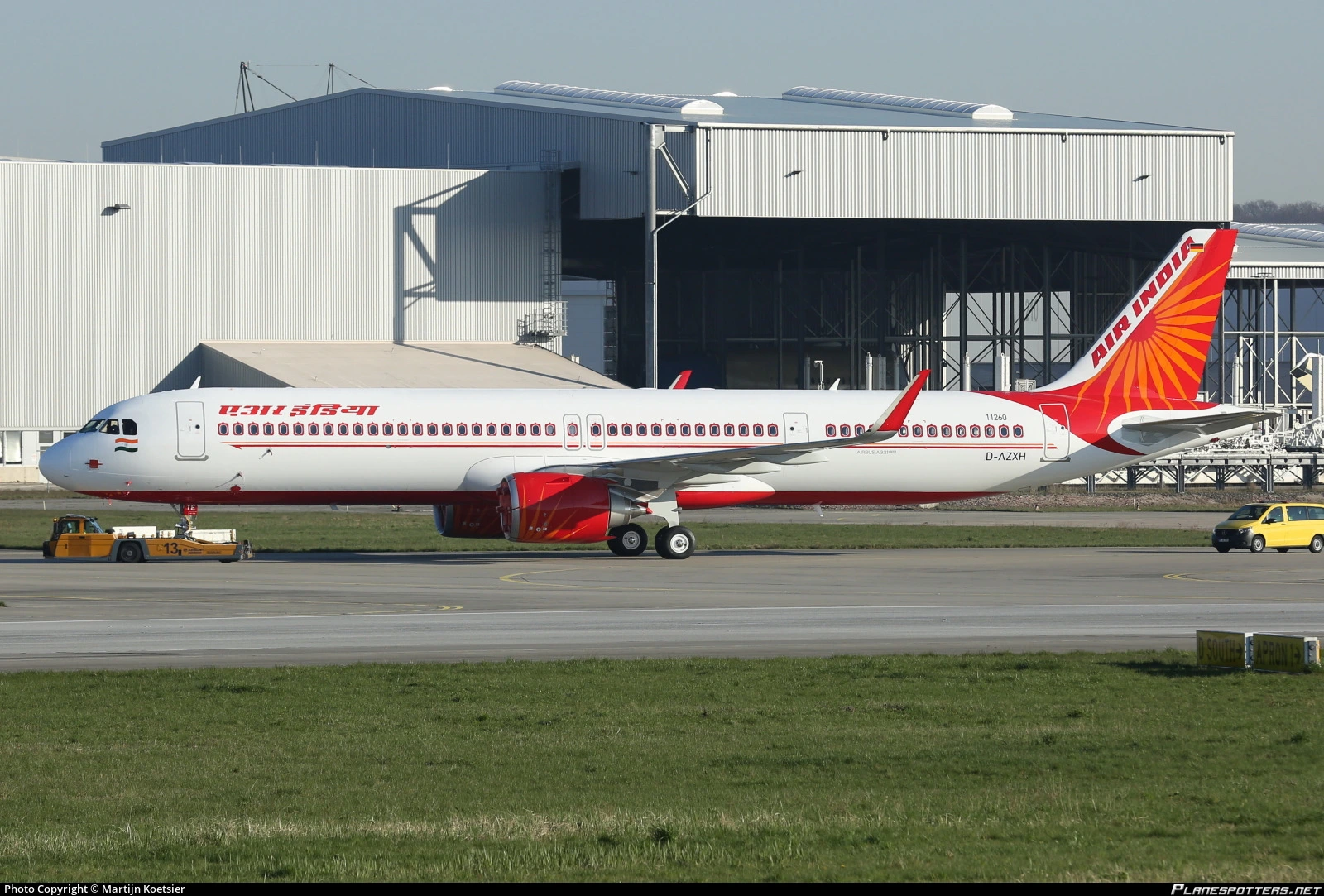

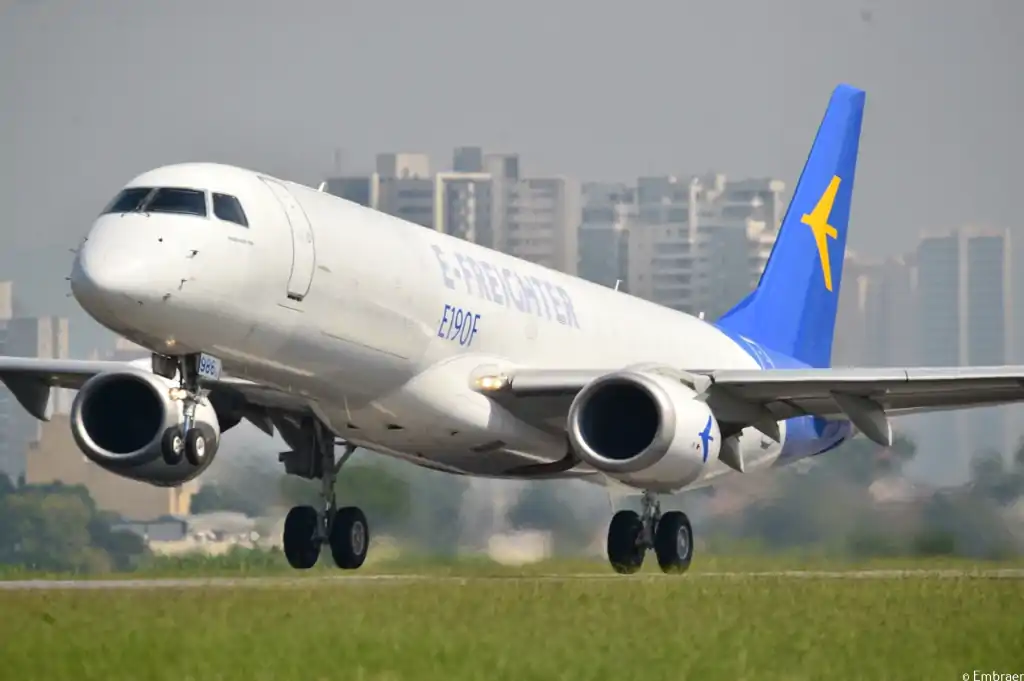
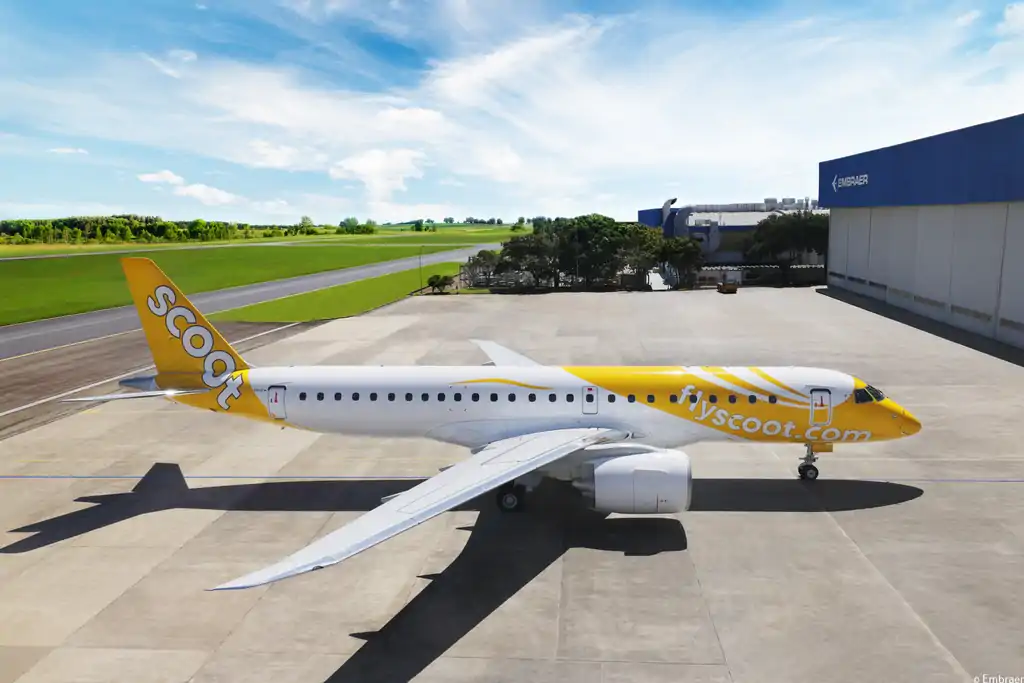
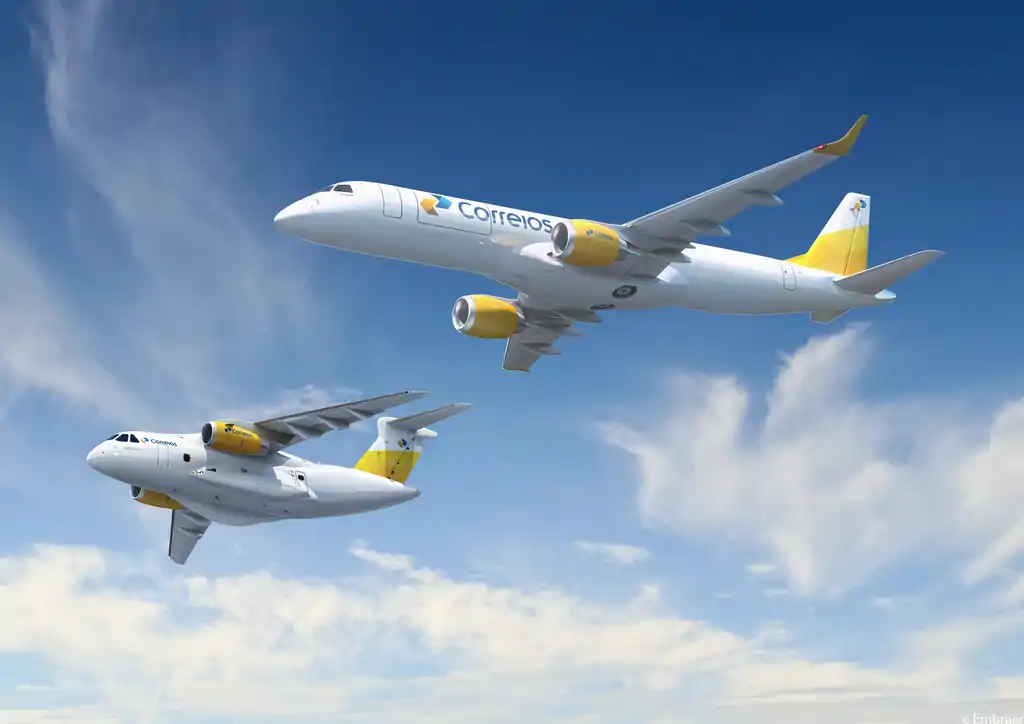
Comment